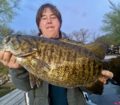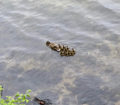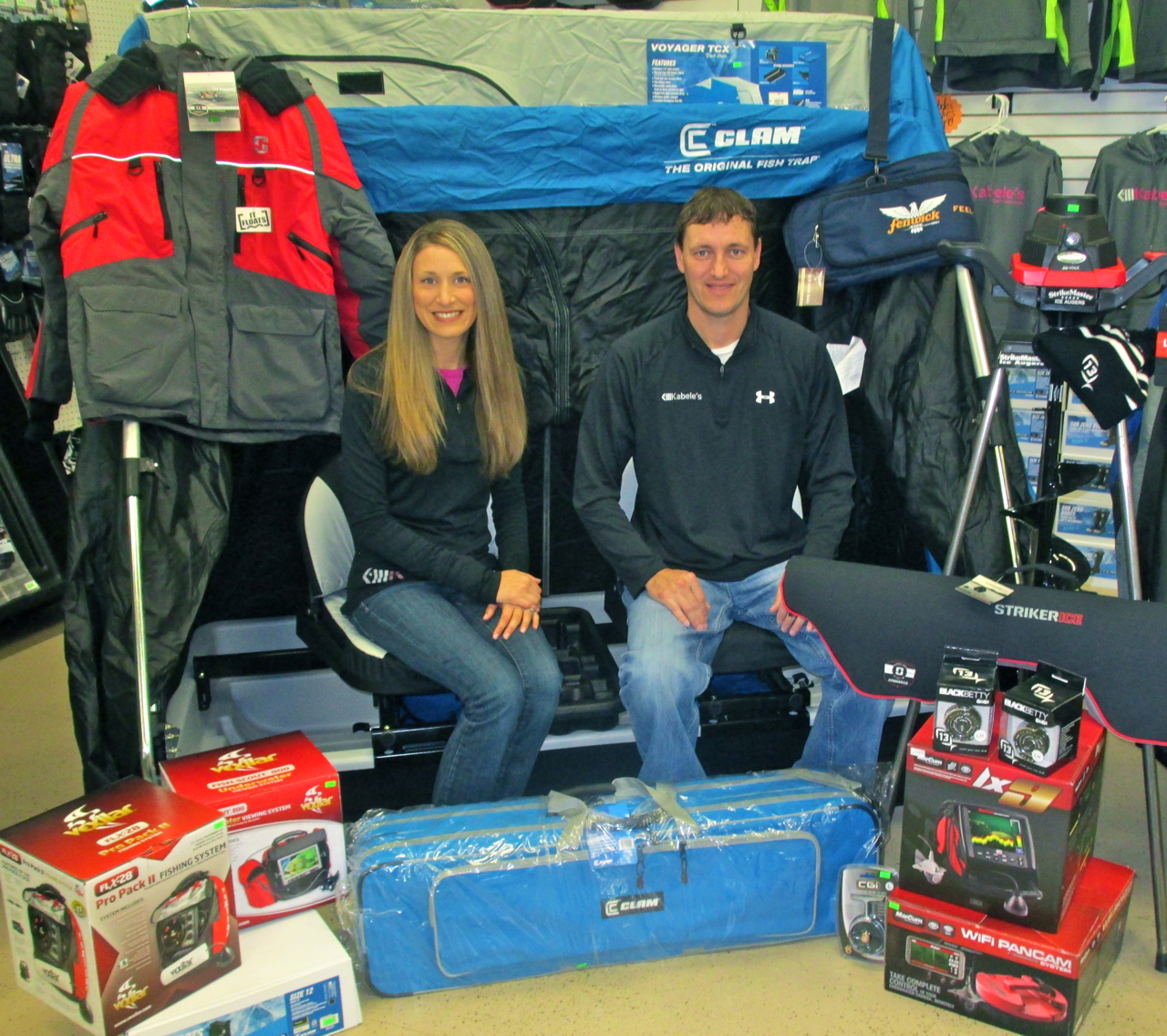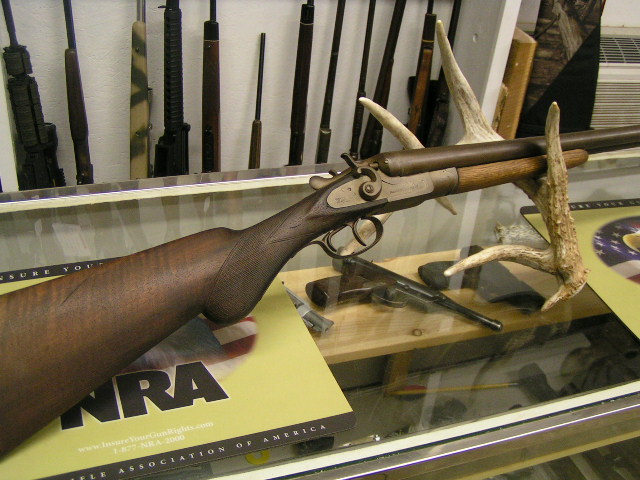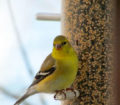By Steve Weisman
One of my favorite magazines to read each spring is the Iowa Natural Heritage magazine. In the recent publication, a section entitled “Field Notes” shared information on their annual spring prescribed burns across the state, and I began to think about the topic of prescribed burns. There seems to be a misconception by a lot of people about why these burns are done.
For me, however, it is a welcome sign. These burns, known as prescribed burns, are done by landowners (both public and private) to maintain the health of the grasslands, often tall grass prairie, by helping to manage weeds, eliminate volunteer trees and invasive plants. The prescribed burns also help restore nutrients and improve the quality of the land. On private Conservation Reserve Program (CRP) lands, the prescribed burns are known as mid-contract burns.
Sometimes, people really get upset with these prescribed burns and ask, “Why would you want to get rid of those trees? Why not leave things alone?” The answer is kind of complicated. Yes, we like to plant trees and see wooded areas develop. However, prairie is prairie, and it is meant to be prairie.
Historically speaking
Take a look at the early days when the Europeans crossed our country. They found miles and miles of prairie described by some as an ocean of tall grass prairie. Yes, it was solid grass and had been that way for years and years with no trees or shrubs. In addition to grasses such as big bluestem, little bluestem and Indian grass, the prairie ecosystem included a host of wildflowers. From the early spring through the growing season, different forbes would open up in bloom. Historians note that Iowa was in the very heart of the tall grass prairie and that 75 to 80 percent of the state was once covered in prairie. The Iowa Natural Heritage Foundation estimates that this was the largest percentage in the nation.
Yes, there were trees, but they were mostly found along creeks and streams. Between the thick stand of native tall grasses, the “every so often” prairie burn started by a lightning strike and the grazing of the buffalo and elk, the invasive saplings didn’t stand much of a chance.
So, simply put prairie is prairie! Doug Harr, president of Iowa Audubon and former State Coordinator of the Iowa DNR’s Wildlife Diversity Program, visited with me a few years ago about this topic. He said, “”Trees do belong in some places, and they certainly don’t belong in others.” The first question we must ask ourselves is this: “What is this parcel of land supposed to be and are we trying to return it to what it was before humans broke it up and turned it into agriculture land?”
Back to today
Today is a far cry from the tall grass prairie days. Most of that land has become some of the richest crop producing land in the world. Today, historians say less than 0.1 percent of the original tallgrass prairie is left in Iowa. Instead, there are managed remnants and tracts of CRP land that have been planted into a mix of tallgrass prairie and forbes. To manage these acres, prescribed burns are part of the management plan.
However, it’s not as simple as just going out and starting a fire. On state-owned land, DNR crews are trained to safely orchestrate a prescribed burn, there are professionally trained private companies and also area fire departments that have been trained in safely performing a prescribed burn.
While the burns rejuvenate the grasses, they also work on burning up small volunteer invasive trees and shrubs. Managers have found if the invasives are allowed to grow, over time they will begin to shade and crowd out the prairie. The volunteer trees that show up on this prairie ground are invasives: ash, willows, cottonwood trees, cedar trees, mulberry bushes, hackberry trees, dogwood shrubs…and, yes, even tame grasses like brome and other cool-season grasses which grow quickly in the early spring and can be set back by burns, allowing the summer-flowering native prairie grasses to flourish. They all need to be controlled. If left alone, they will grow and expand until you don’t really know what you have: prairie or woodland or just a hodgepodge that isn’t really worth much of anything.
Many of these lands also have wetlands and sloughs. It is here that the willows really take off. They like the wet soil, and in a few years many sloughs are lined by willows that can soon overtake the slough. What is neat about the burn is that everything is clear except for any larger saplings. So, it becomes easy to walk around and cut down any of those larger saplings. That, however, must be done or the invasive trees will continue to grow.
Within a few weeks of the prescribed burn, foliage returns with more vigor, imitating the historical burns in the pioneer days.
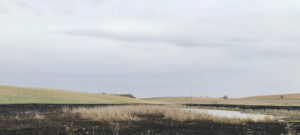
(photo by Steve Weisman) The result of an effective prescribed burn around a small wetland.
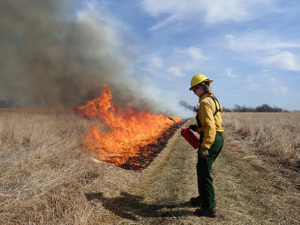
(photo by Derek Miner) INHF staff burns at Snyder Heritage Farm located north of Des Moines.

